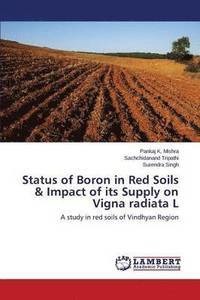
Liknande böcker
Investigation of Feed Resource Availability in Amhara Region, Ethiopia
Bok av Gebremichael Bisrat
A study was conducted to characterize and evaluate available feed resources of both crop residues and browse trees in twelve peasant associations and thirty randomly selected households from each association. The results of the study showed the principal feed resources during the dry season are crop residues, browse species, natural pasture, and crop aftermath. Bridelia micrantha (Hochst.) Baill, Cordia africana, Ficus sur Forssk, Ficus thonningii Blume, Ficus vasta Forssk, Mimuseps kummel and Sapium ellipticum (Hochst.ExKrauss) Pax were identified as potential browses that can be used by livestock. Among crop residues, finger millet stover, maize stover, rice bran, red rice straw, white rice straw, teff straw and wheat straw serve as feed during dry season. The crude protein contents of finger millet stover, maize stover, rice bran, red rice straw, white rice straw, teff straw and wheat straw were 2.54%, 3.52%, 6.8%, 2.53%, 2.99%, 4.43% and 3,03%, respectively, which are too low to meet protein requirements of animals. Hence, supplementation of crop residues with browse species as well as intensification of production of improved forage plants is critical.
Visa pris inkl. frakt Inkl. frakt
Investigation of Feed Resource Availability in Amhara Region, Ethiopia
370 kr
Finns i lager
Investigation of Feed Resource Availability in Amhara Region, Ethiopia
389 kr
Finns i lager







